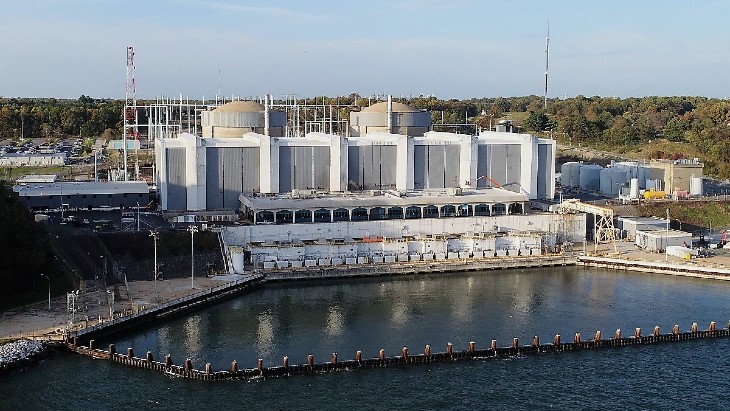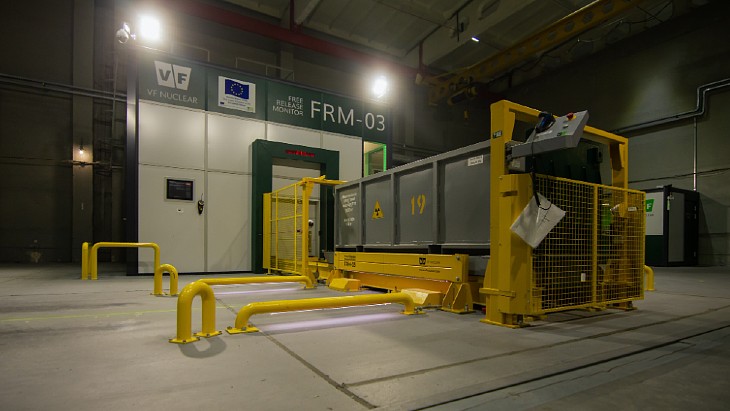A team of researchers at Australia's Queensland University of Technology (QUT) claim to have created ceramic nanofibres that could be used to filter and store radioactive ions from waste water.
.jpg) |
| Zhu Huai Yong (Image: QUT) |
Zhu said, "We have created ceramic nanofibres which attract and trap radioactive cations [positively charged ions], possibly for ever." He added, "Ceramic is more chemically stable than metal and can last much longer, and therefore can be a better material for storage. It's also much cheaper to make than steel."
"The nanofibres, which are about several to 40 micrometres in length, look like white powder to the human eye," said Zhu. "The fibres are in very thin layers, less than one nanometre in width, and the radioactive ions are attracted into the space between the layers," he added. "Once the ceramic material absorbs a certain amount, the layers collapse to lock the radioactive ions inside."
Zhu said that the nanofibres could be used for the treatment of radioactive water resulting from uranium mining, the production of nuclear fuel or from reactor cooling water.
"Natural inorganic cation exchange materials, such as clays and zeolites, have been extensively studied and used in the removal of radioactive ions from water via ion exchange and are subsequently disposed of in a safe way," Zhu explained in an interview with Nanowerk. "However, synthetic inorganic cation exchange materials - such as synthetic micas, g-zirconium phosphate, niobate molecular sieves, and titanate - have been found to be far superior to natural materials in terms of selectivity for the removal of radioactive cations from water. Radioactive cations are preferentially exchanged with sodium ions or protons in the synthetic material. More importantly, a structural collapse of the exchange materials occurs after the ion exchange proceeds to a certain extent, thereby forming a stable solid with the radioactive cations being permanently trapped inside. Hence, the immobilized radioactive cations can be disposed safely."
Zhu noted, "Generally, ion exchange materials exhibiting a layered structure are less stable than those with 3D crystal structures and the collapse of the layers can take place under moderate conditions. Then again, it has also been found that nanoparticles of inorganic solids readily react with other species or are quickly converted to other crystal phases under moderate conditions, and thus are substantially less stable than the corresponding bulk material."





_69614.jpg)

_15447.jpg)




